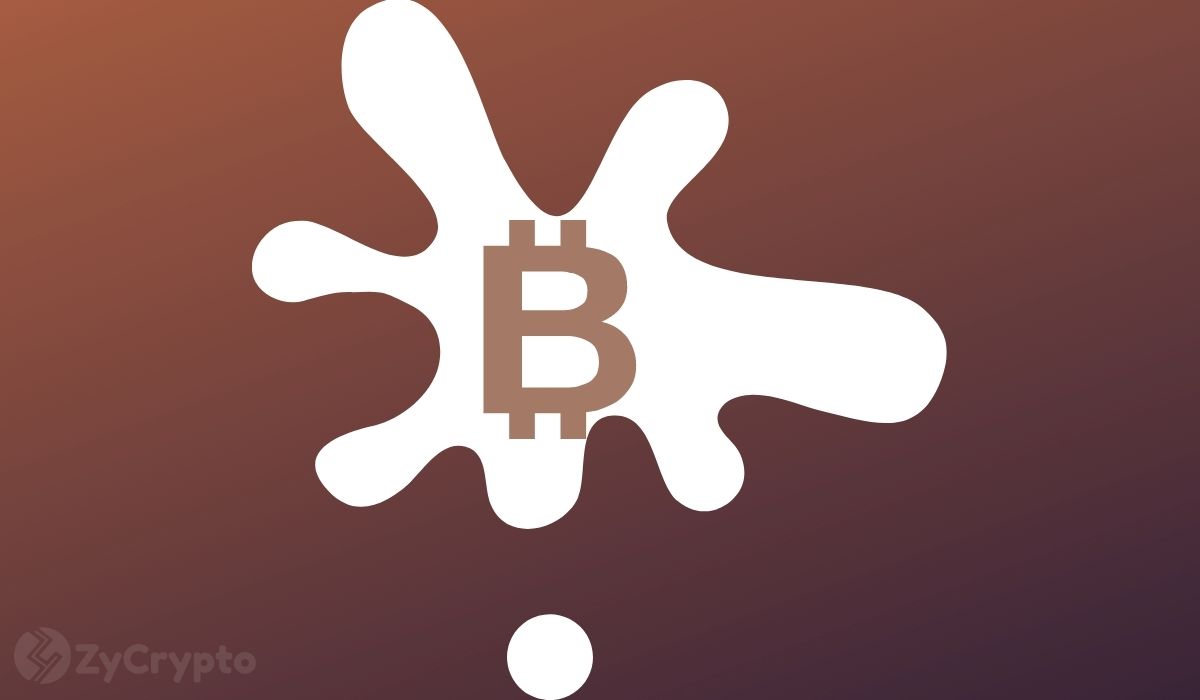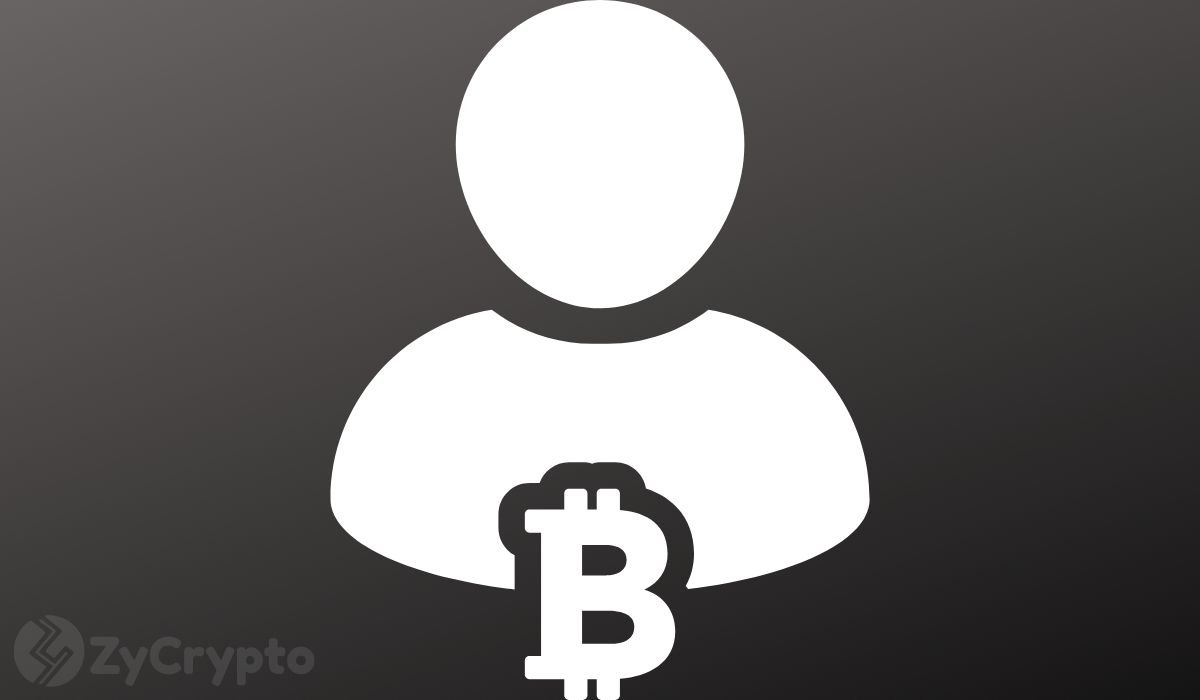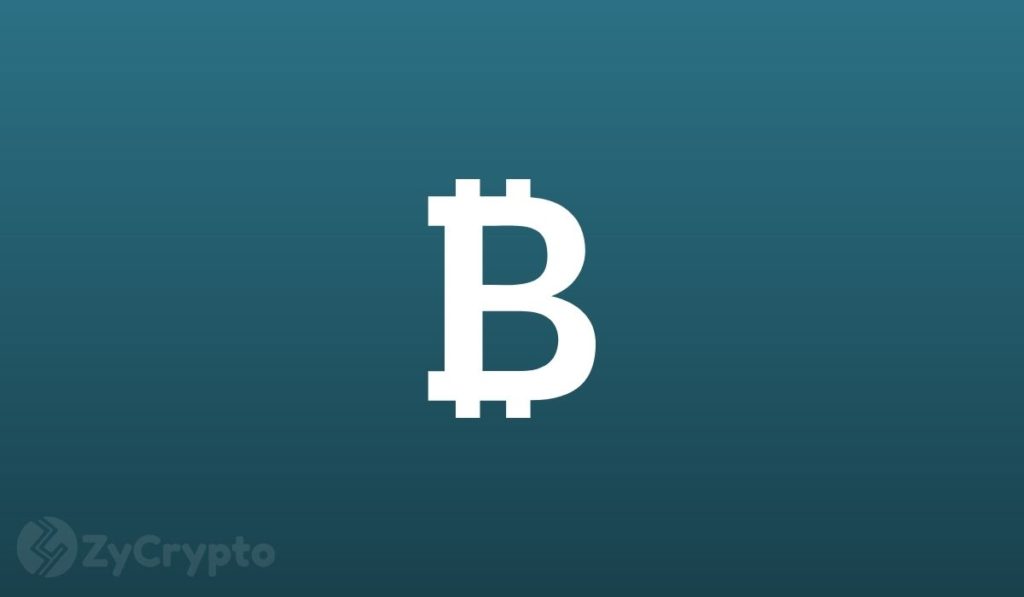2018-7-8 22:51 |
Hyperbitcoinization is a term that was first coined in 2014 by Daniel Krawisz in a Satoshi Nakamoto Institute article. The term, somewhat overblown, refers to a state where bitcoin takes off and effectively replaces legacy currencies. It is contrasted to hyperinflation, where people abandon the old currency after it becomes worthless.
Satoshi Nakamoto Institute’s article defines Hyperbitcoinization as:
“Hyperbitcoinization is a voluntary transition from an inferior currency to a superior one… its adoption is a series of individual acts of entrepreneurship rather than a single monopolist that games the system.”
Is Hyperbitcoinization A Possibility?Daniel Krawisz doesn’t immediately grab first-time observers as a leading cryptocurrency philosopher. He doesn’t ever cite his academic credentials. He is absolutely devoid of appeals to authority, credentialism, and officialdom. He can often be heard challenging listeners to not believe him. As co-founder of the Satoshi Nakamoto Institute, his articles took on new meaning during bitcoin’s run up and up and up through 2017.
The concept of Hyperbitcoiization is not quite as far flung or unrealistic as it would first appear. The article examines how bitcoin can become the first global cryptocurrency. However, it posits that Hyperbitcoinization can occur naturally and organically. Instead of cataclysmic events which force people towards cryptocurrency, people will naturally gravitate towards superior technology.
After a phase of initial adoption, a tipping point is reached. This marks the end of the early adopter phase and the start of exponential growth. Once a technology reaches a certain phase, its growth becomes nearly unstoppable, such as the tablet, smartphone, and social media around 2005. At this point, the cost of rejection becomes more than the cost of adoption. Imagine a company refusing to use a website or a restaurant which does not accept credit cards.
The article also mentions steeper adoption curves as a consequence of an increasingly connected society. This can be seen towards the end of 2017, where the price of bitcoin reached highs of nearly $20,000. The launch of bitcoin futures then sent the price on a downward spiral. Still, another bull run like this could see bitcoin past the tipping point where adoption for all becomes a necessity.
Hyperbitcoinization ConclusionIt is more likely the tipping point is external to bitcoin itself. Mass adoption will happen when people run away from fiat and find bitcoin if it is ready. Possibly a cascade of sovereign debt crises. If that's the case, then it makes more sense to value bitcoin in light of current M1 money supply (cash, coins, bank accounts), not gold.
The S-curve flattens at the top at tens of trillions of today's USD in total capitalization (reasonable part of the current money supply, but not necessarily all of it), giving 1 BTC a value of a few million of today's USD. This makes sense if a single Satoshi would become equal to today's cent/pence/yen.
Bitcoin has inherent characteristics which make it more desirable as a global cryptocurrency. It is decentralized, transparent and borderless. Bitcoin could be the default global cryptocurrency by social decree. With the network effect coming into play, bitcoin would establish default market dominance the more users join its network. It is perfectly positioned, despite all its technical shortcomings.
origin »Universal Currency (UNIT) на Currencies.ru
|
|




















